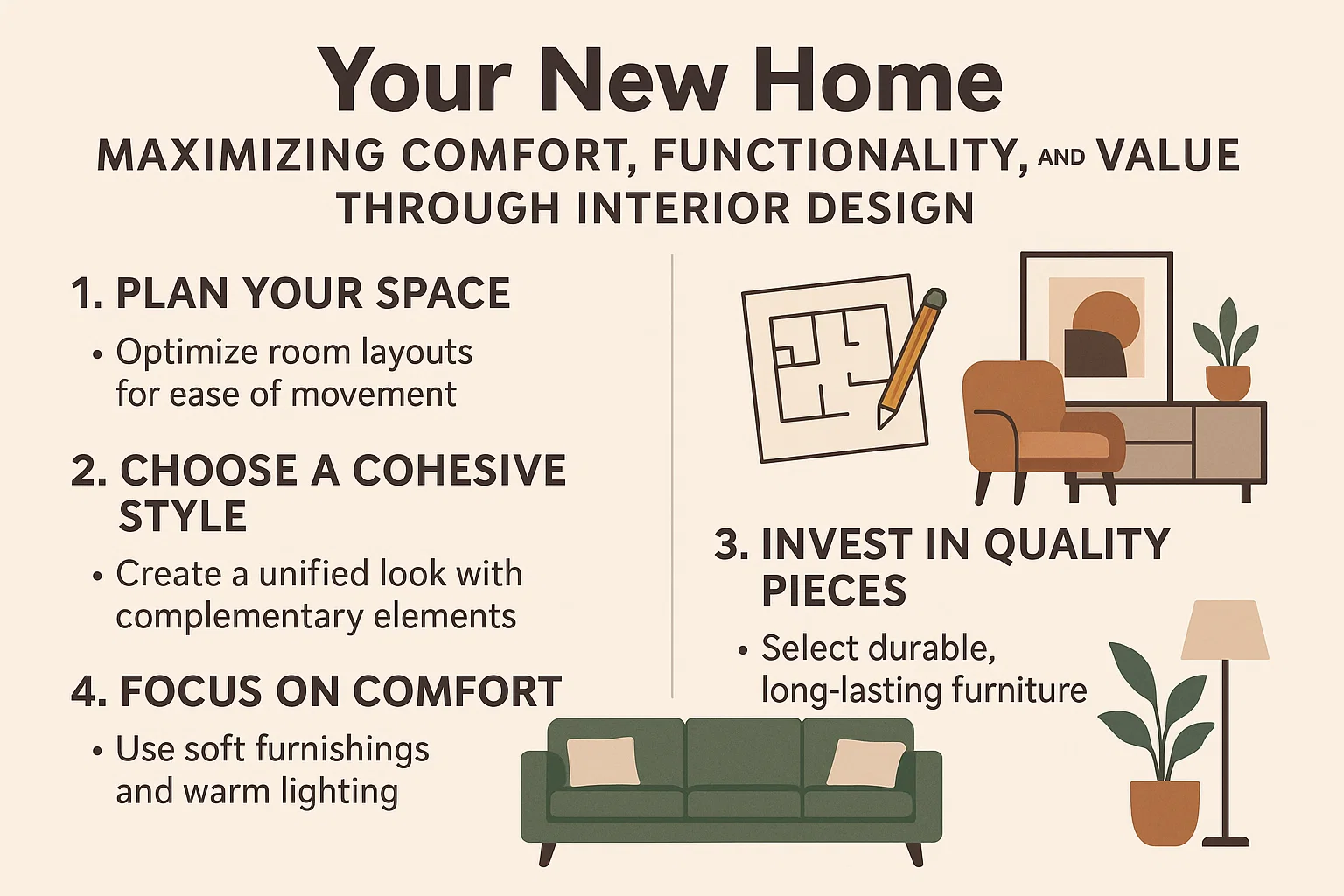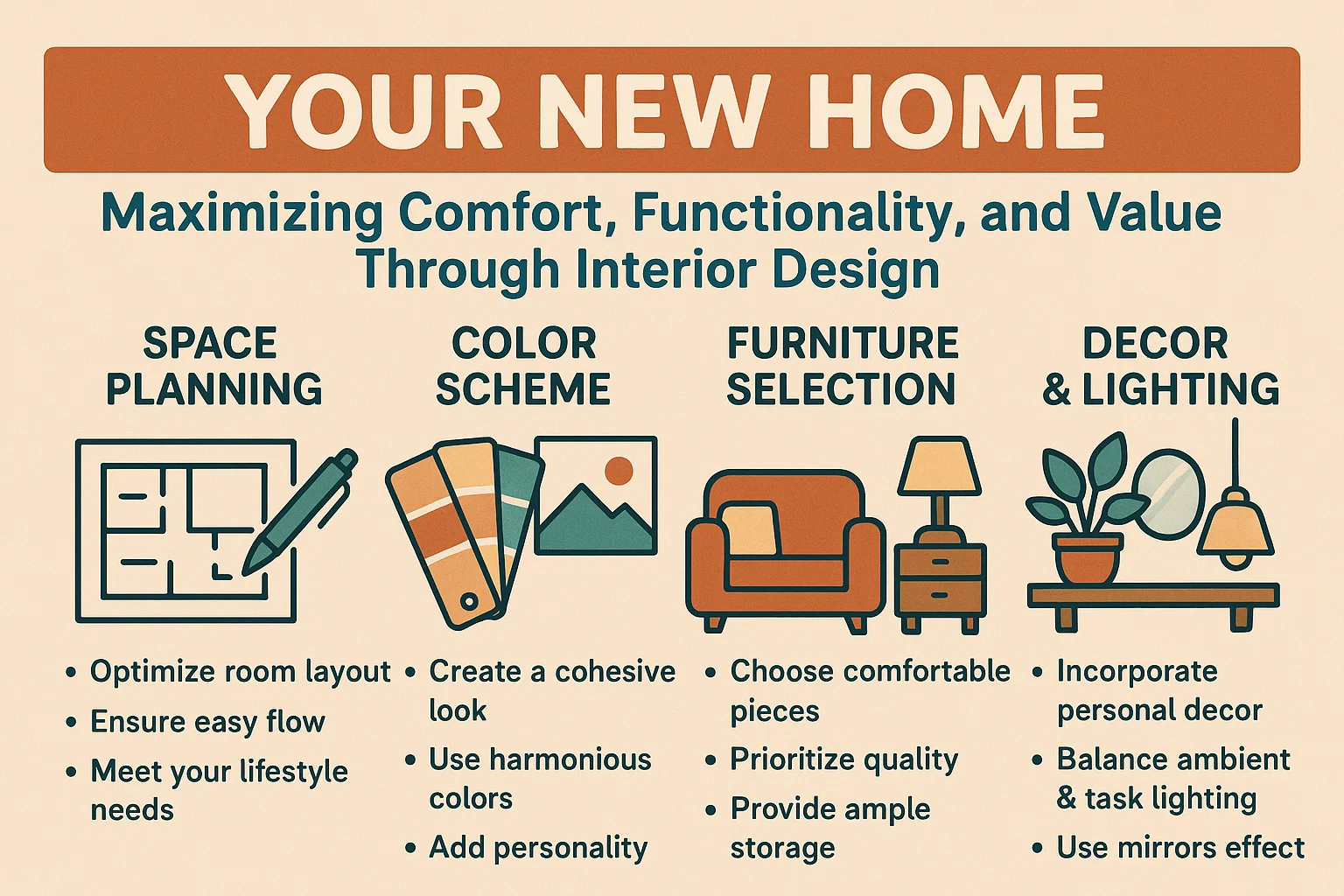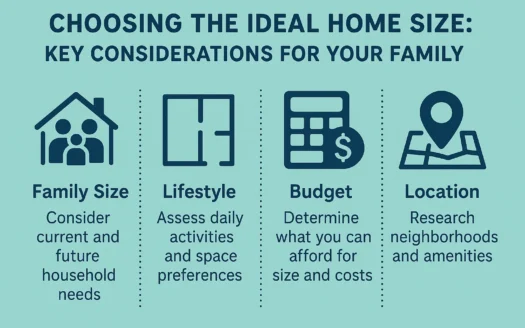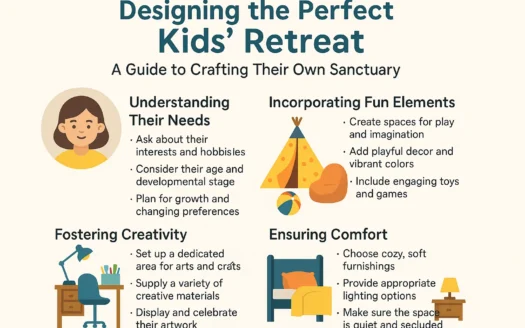Your New Home: Maximizing Comfort, Functionality, and Value Through Interior Design

Your New Home: Maximizing Comfort, Functionality, and Value Through Interior Design
Your home is likely your largest investment, and chances are good that between sleeping and waking hours, you spend more time there than anywhere else. If you’re starting fresh with furnishings or decor—or even bringing all the pieces you own into a new space—an interior designer can be incredibly helpful. They will learn about your lifestyle, assess the spaces in your home, consider design options, and develop a plan that yields beautiful, functional results.
Why Do You Need a Designer?
An interior designer brings a skilled eye and years of experience to your project, which can save significant time and money. As one expert explains,
“Someone in the business of interiors will help you avoid expensive mistakes and streamline decisions.”
Designers also provide access to exclusive resources:
“We have access to furniture and lighting companies the general public can’t order from or don’t even know exist. We know which companies deliver quality, and since custom orders are non-refundable, we help clients avoid costly errors.”
Beyond practical benefits, designers elevate creativity.
“A good designer will take your ideas and lifestyle and transform them into a space you couldn’t achieve on your own. If you want to be involved, collaborate with a designer who welcomes your input.”
How to Choose a Designer
Selecting the right designer is critical. Follow the CREATE framework to ensure success:
- Chemistry: Ensure compatibility in personality and communication style.
- Referrals: Review portfolios to gauge their range of resources and expertise.
- Experience: Verify credentials and professional affiliations.
- Artistic Ability: Look for a designer who evokes emotion and creates “wow” moments.
- Trust: Allow time for the design process to unfold, embracing creative solutions to challenges.
- Expectations: Use contracts to outline responsibilities, deliverables, budget, and timelines.
Building a Strong Designer Relationship
Interior design is deeply personal.
“You’ll spend significant time with your designer, sharing details that shape a space you’ll both love. Stay open to new ideas while ensuring your vision remains central.”
To minimize guesswork, provide inspiration—share magazine clippings, website links, or photos that reflect your taste.
Approach the process professionally.
“There should never be drama. Treat it as a collaborative business relationship where opinions and ideas are respected.”
Ultimately, a successful project leaves clients with a home that feels uniquely theirs, while designers take pride in overcoming challenges to create spaces families love.




